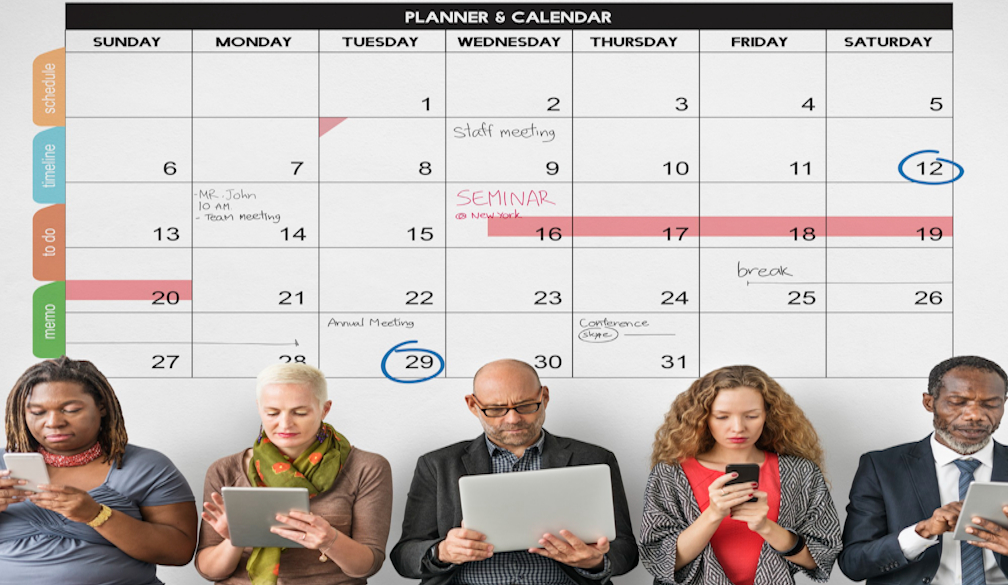How to Make a Schedule for Employees in 3 Simple Steps

Making a schedule for employees involves drafting a document that shows when they can and should work and their pay. You lay out time slots into employee shifts. You can use a tool to do this automatically or do it manually.
Schedules help businesses run more smoothly and improve customer service. What's more, employee scheduling can help you make sure tasks are completed on time and improve organizational culture overall. Ultimately, it can make the company more profitable if it is done successfully.
This guide will tell you how to make a schedule in three simple steps.
1. Determine employee availability
Your employees are your most crucial business asset. Get them to fill out a sheet showing when they are available. This will serve as the basis for the schedule.
You can enter this data into electronic software or a simple Excel spreadsheet to generate a weekly schedule template. When planning your schedule to create shift backups, this template is critical. It will help when employees call in sick or during peak seasons if your business is seasonal.
2. Start listing working hours
Make a list of the working hours for each business day. For full-time employees in the US, the working hours are usually eight a day with one hour for lunch. Part-time employees work an average of five hours a day, up to 35 a week. If overtime is necessary, it must be reflected in the schedule.
Make sure you enter your business's peak hours. You will need a weekly schedule and a monthly schedule. To plan busier seasons, look at historical data. New businesses can look at typical peak seasons and common peak times for the sector.
You could write something like:
- Tuesday shifts: 8 am-12 pm, 12 pm-4 pm, 4 pm-8 pm
- Tuesday peak hours: 8 am-1 pm, 4 pm-6 pm
- Holidays: Thanksgiving, July 4
These simple notes will lay out your business's most essential periods so you can schedule backups. It will help to implement a timekeeping system to help track peak hours and employees and deal with significant absenteeism levels.
3. Select a scheduling method
Now that you have your peak hours, your employee availability, and data on the shifts for the week, you must start entering the data. You can go about this in one of several ways: an Excel document, Google Sheet, or employee scheduling software.
Excel spreadsheets and Google Sheets are easy to maintain, share, and update with new employee information. Multiple templates exist to save time. However, you might want something more advanced. This would be employee scheduling software. It allows users to transfer data from digital employee forms automatically, making scheduling a piece of cake and saving time in the process. The option is most suitable for medium-sized and large enterprises, though.
You can also use software to communicate within a system, which can help employees pick up or exchange shifts.
Timekeeping systems for employee scheduling
Attendance and time tracking systems can help manage your time off, payroll, scheduling, and risk of error. A simple timekeeping system will let you manage employees' clocking in and out, but more advanced ones have far greater capabilities.
More importantly, attendance and time tracking systems will let you access all kinds of useful data, such as whether your staff is showing up on time, which projects are taking up the most time, and how much money the company is making per employee.







